Eighty years after the Battle of Okinawa, the largest ground battle fought on Japanese soil during World War II, the threat of unexploded ordnance still looms over the prefecture.
Despite decades of clearance efforts, roughly 1,900 metric tons of deadly remnants are estimated to remain buried beneath the land, a lingering danger from the U.S. military’s intense naval bombardment — so severe it was dubbed the “Typhoon of Steel.”
More than 200,000 people, including many civilians, were killed during the 1945 battle. An estimated 200,000 metric tons of shells were fired on the main island, and about 5% — some 10,000 metric tons — failed to explode, according to Japanese government estimates.




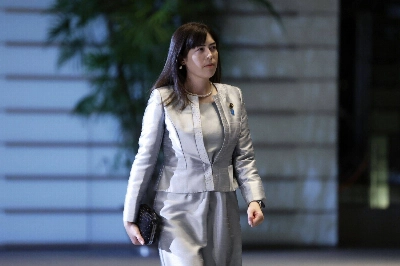
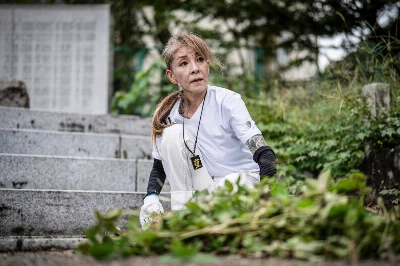
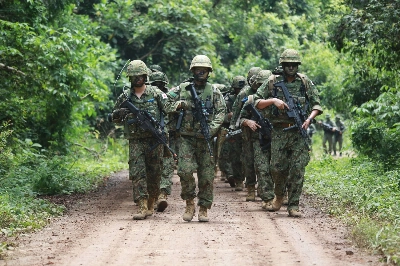


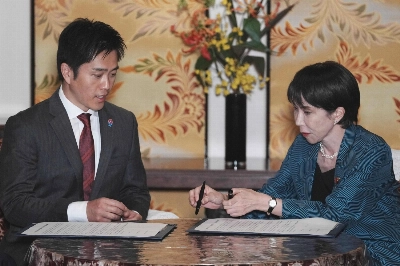






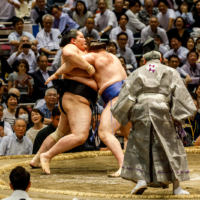

With your current subscription plan you can comment on stories. However, before writing your first comment, please create a display name in the Profile section of your subscriber account page.